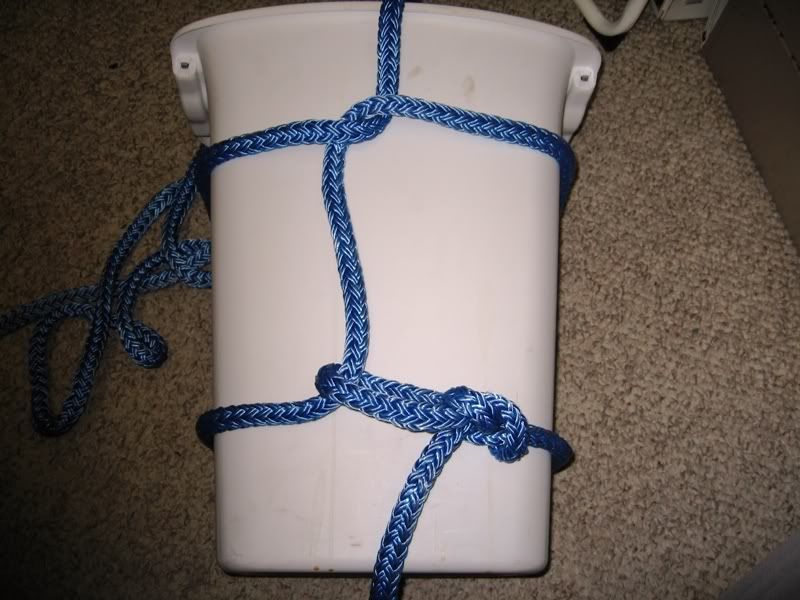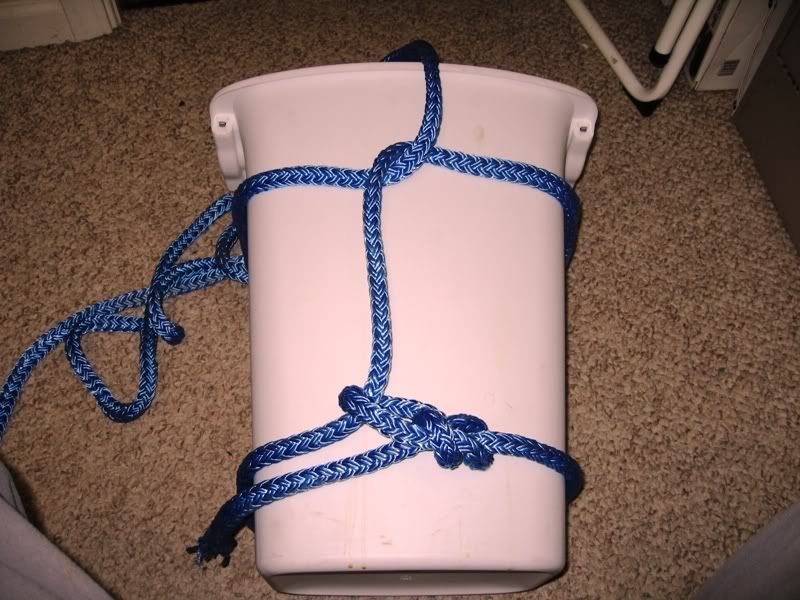brendonv
Tree Hugger
From google pics, it seems like a half hitch is a "overhand". The marl is what I usually put before a bowline.
Butch, the overhand and half hitch are tied the same.



...Marls by them selves can only hold in one direction and will roll out the other way...
In the event one of those marled limbs hung up on the way down and turned over the marl would roll out...


Not 100% but I'm nearly positive you're talking about a half hitch. If you roll a marl over, you're left with a marl. A half hitch rotated=free line w/o a hitch in the getup.
Also marl's are more time consuming to untie compared to a half hitch.
 :
:
